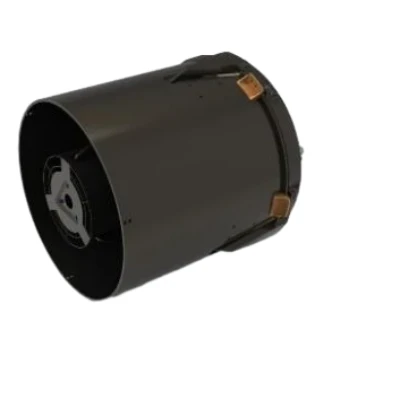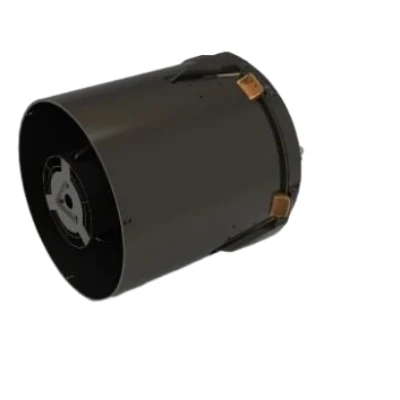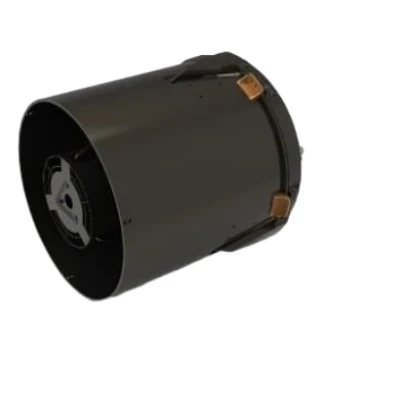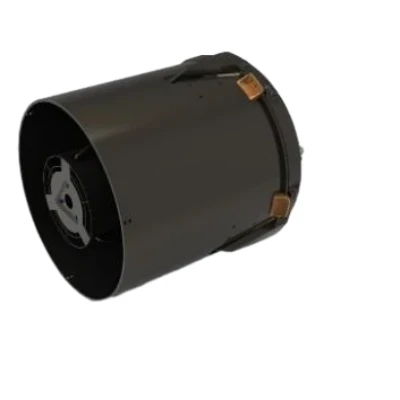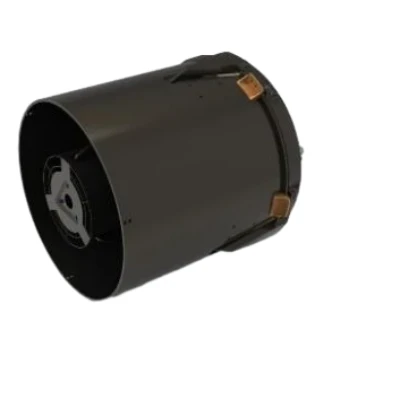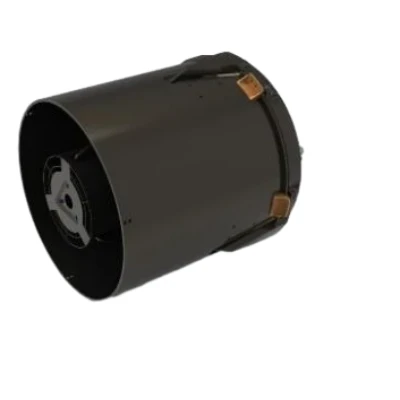Warning: Undefined array key "array_term_id" in /home/www/wwwroot/HTML/www.exportstart.com/wp-content/themes/1371/header-lBanner.php on line 78
Warning: Trying to access array offset on value of type null in /home/www/wwwroot/HTML/www.exportstart.com/wp-content/themes/1371/header-lBanner.php on line 78
Precision Mechanical Equipment: Vibration Testing & Quality Assurance
The Imperative Role of Precision Mechanical Equipment in Advanced Industries
In today's rapidly evolving industrial landscape, the demand for high-precision, reliable mechanical equipment is more critical than ever. Industries ranging from aerospace and defense to medical device manufacturing and advanced photonics rely heavily on components that deliver unwavering performance under extreme conditions. The evolution of manufacturing technologies, coupled with stringent regulatory standards, necessitates a holistic approach to design, production, and verification. This extends beyond mere functionality, encompassing aspects like long-term stability, environmental robustness, and precise repeatability. Organizations operating in these high-stakes sectors understand that investing in superior mechanical components is not merely a cost but a strategic imperative that directly impacts product quality, operational efficiency, and overall market competitiveness.
Current industry trends highlight a significant shift towards integrated systems where individual components must perform flawlessly within complex assemblies. For instance, the burgeoning space industry, particularly the development of sophisticated satellite platform systems, requires optical and structural components that can withstand launch vibrations, extreme temperature fluctuations, and vacuum environments for decades. This drives innovation in materials science, advanced manufacturing processes like additive manufacturing and ultra-precision CNC machining, and rigorous vibration testing protocols. Furthermore, the emphasis on end-to-end quality assurance from raw material sourcing to final product validation is paramount. These trends underscore the necessity for specialized providers of mechanical solutions, such as Collimators, designed to meet the exacting requirements of tomorrow's technological frontiers.
Collimator Manufacturing: A Paradigm of Precision Engineering
The manufacturing of advanced mechanical equipment like the Collimator involves a meticulous, multi-stage process designed to achieve unparalleled precision and reliability. It begins with the selection of premium materials, primarily aerospace-grade aluminum alloys such as 6061-T6 and 7075-T6, known for their high strength-to-weight ratio and excellent thermal stability. For certain applications demanding superior corrosion resistance or specific optical properties, medical-grade stainless steel (e.g., 316L) or specialized optical glasses are utilized. The core of the manufacturing process leverages state-of-the-art CNC machining, including 5-axis milling and ultra-precision diamond turning, to achieve sub-micron tolerances for critical optical surfaces and mechanical interfaces. Each component undergoes a series of intermediate inspections, ensuring that every dimension, surface finish, and geometrical tolerance adheres to the rigorous design specifications.
Following machining, components are subjected to advanced surface treatments, which may include anodizing for enhanced durability and corrosion resistance, or specialized optical coatings applied in vacuum chambers for optimal performance across specific wavelength ranges. Assembly is performed in cleanroom environments to prevent contamination, with optical elements meticulously aligned using interferometric techniques. Quality assurance is integrated at every stage, with adherence to international standards such as ISO 9001 for quality management systems and ANSI B89.3.1 for optical metrology. Products undergo comprehensive functional testing, including environmental chamber tests for temperature cycling and humidity, and rigorous vibration testing to simulate launch conditions for aerospace applications. This stringent process ensures a projected operational lifespan of 15-20 years for typical applications in aerospace, defense, photonics, and metrology, especially for critical integrations within a satellite platform. The result is a robust, energy-efficient (due to optimized optical path and minimized losses), and highly corrosion-resistant device tailored for the most demanding industries.
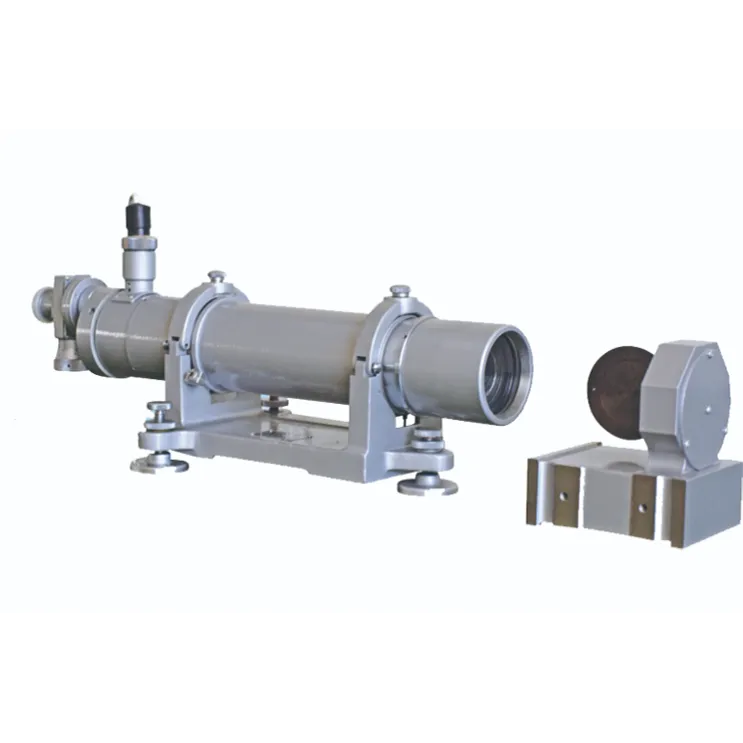
Technical Parameters and Performance Excellence
The performance of any precision mechanical equipment is fundamentally defined by its technical parameters. These specifications dictate the operational envelope and the quality of output, particularly crucial for sensitive applications. The table below outlines key parameters typical for high-grade mechanical components, providing a benchmark for performance expectations across various industrial sectors.
General Mechanical Equipment Parameters
| Parameter | Typical Range for Precision Components | Importance |
|---|---|---|
| Machining Tolerance | ±1 µm to ±10 µm | Directly impacts fit, form, and function; critical for optical alignment. |
| Surface Roughness (Ra) | < 0.4 µm (mechanical), < 0.02 µm (optical) | Influences friction, wear, and optical scatter. |
| Operating Temperature Range | -60°C to +120°C (standard); broader for specialty. | Ensures functional integrity in varied environments. |
| Material Hardness | 60-70 HRC (for steels), 100-150 HV (for aluminum alloys) | Resilience against wear, abrasion, and deformation. |
| Corrosion Resistance | Excellent in harsh chemical or saline environments. | Extends lifespan in challenging industrial settings (e.g., petrochemical). |
Specifically for the Collimator, a critical piece of mechanical equipment for optical alignment and beam shaping, these parameters are even more stringent, directly impacting the quality and precision of the optical output. Its design and manufacturing ensure it meets the demanding requirements of optical metrology, laser system integration, and especially complex applications within a satellite platform.
Collimator Specific Parameters (Example)
| Parameter | Typical Specification | Impact on Performance |
|---|---|---|
| Effective Focal Length (EFL) | 100 mm to 500 mm (customizable) | Determines beam divergence and overall optical magnification. |
| Clear Aperture | 10 mm to 150 mm (scalable) | Maximum usable optical diameter; influences light throughput. |
| Wavelength Range | UV (200 nm) to IR (15 µm) | Compatibility with various laser sources and sensors. |
| Beam Divergence (Output) | < 0.1 mrad (typical) | Measure of beam parallelism; critical for long-distance propagation. |
| RMS Wavefront Error | < λ/10 @ 632.8 nm | Key indicator of optical quality and minimal aberrations. |
| Thermal Stability (dEFL/dT) | < 5 ppm/°C | Ensures consistent performance across temperature fluctuations. |
These meticulously controlled parameters enable the Collimator to provide superior performance, crucial for systems where even minute deviations can compromise mission success or data integrity. For example, in a satellite platform, the ultra-low wavefront error and excellent thermal stability ensure that optical instruments maintain their calibration and precision during prolonged exposure to the harsh space environment, from launch through orbital operation. This level of precision is achieved through a combination of advanced optical design, precision manufacturing techniques, and rigorous quality assurance protocols.
Strategic Advantages and Diverse Application Scenarios
The strategic advantages of deploying high-performance mechanical equipment such as the Collimator are manifold, extending across a broad spectrum of advanced industries. Primarily, its ability to produce highly precise, parallel beams of light makes it indispensable for optical system calibration and metrology. In aerospace, Collimators are essential for pre-flight testing of space-borne sensors and cameras, ensuring their accurate alignment and performance before integration into a satellite platform. They are also vital in laser systems for tasks ranging from industrial cutting and welding to medical diagnostics and scientific research, where beam quality directly correlates with process efficiency and accuracy.
Beyond traditional applications, these devices offer significant advantages in emerging fields. For instance, in augmented reality (AR) and virtual reality (VR) systems, precision mechanical equipment is key to ensuring accurate image projection and comfortable user experience. In the defense sector, Collimators are integral to targeting systems and missile guidance, where minimal optical aberrations and superior environmental robustness translate into enhanced operational effectiveness. Their robust design, coupled with advanced material selection and meticulous manufacturing, guarantees long-term stability even under extreme shock, vibration, or temperature fluctuations, which are routinely verified through extensive vibration testing and environmental stress screening. This inherent reliability not only extends the product's lifespan but also significantly reduces maintenance costs and operational downtime across various critical applications.
Manufacturer Comparison and Tailored Solutions
When sourcing high-precision mechanical equipment, particularly specialized optical components like Collimators, selecting the right manufacturing partner is paramount. The market offers a diverse range of suppliers, each with varying capabilities and specializations. A comprehensive evaluation typically involves assessing several key criteria, as highlighted in the comparison table below. This strategic approach ensures that the chosen supplier can not only meet immediate product specifications but also provide long-term support and adapt to evolving technical demands, especially in fast-paced industries like space technology and advanced research.
Key Criteria for Mechanical Equipment Manufacturer Comparison
| Criterion | Typical Market Offering | Space-Navi / Collimator Strengths |
|---|---|---|
| Precision & Tolerance | Standard (µm-level) to High (sub-µm) | Ultra-precision (sub-micron mechanical, λ/X optical wavefront control). |
| Customization Capabilities | Limited modifications to standard products. | Full bespoke design, material, and coating customization. |
| Certifications & Compliance | ISO 9001 (common), some industry-specific. | ISO 9001, stringent internal aerospace/defense standards, export control compliance. |
| Post-Sales Support | Basic technical support, limited calibration. | Dedicated technical assistance, re-calibration services, long-term maintenance. |
| Lead Times | Standard production schedules. | Flexible scheduling, expedited options for critical projects. |
Space-Navi distinguishes itself through its deep specialization in high-performance optical mechanical equipment, particularly Collimators. Our core strength lies not just in meeting but exceeding standard industry requirements, especially for niche and demanding applications. We offer comprehensive customized solutions, understanding that off-the-shelf products often fall short for truly innovative projects. This includes bespoke optical designs, specialized material selection (e.g., exotic metals for extreme temperature ranges or zero CTE materials), custom coatings for specific wavelength performances, and adaptations for ultra-high vacuum or radiation environments. Each custom solution undergoes rigorous design verification, prototyping, and extensive testing, including advanced vibration testing and thermal cycling, ensuring it meets the exact operational demands, whether for a scientific instrument or a complex satellite platform. Our commitment to unparalleled quality assurance and tailored engineering partnership positions us as a preferred choice for B2B decision-makers and technical leads seeking truly optimized mechanical solutions.
Real-World Impact: Application Cases and Client Success
The tangible impact of superior mechanical equipment is best demonstrated through its successful deployment in critical applications. For instance, a bespoke Collimator designed for a national research laboratory played a pivotal role in their advanced optical metrology setup for developing next-generation remote sensing technologies. The precise beam collimation enabled by our product significantly reduced measurement uncertainties and calibration times, leading to a 30% improvement in data acquisition efficiency. This level of performance was achieved due to the Collimator's exceptionally low wavefront error and robust thermal stability, which was rigorously verified through extensive pre-delivery vibration testing and environmental simulation.
In another instance, our customized Collimators were integrated into a sophisticated laser communication system designed for a satellite platform. The challenge was to maintain precise beam alignment across vast distances in the vacuum of space, enduring extreme temperature variations and launch-induced stresses. Our engineering team worked closely with the client, delivering a solution with optimized materials and specific coatings that guaranteed stable performance and minimal optical degradation over the mission's multi-year lifespan. Client feedback consistently highlights the reliability and consistency of our mechanical equipment, often citing improved system uptime and reduced operational complexities as key benefits derived from our stringent quality assurance and engineering excellence. These cases underscore our commitment to not just supplying components, but providing critical solutions that enable groundbreaking technological advancements for our partners.
Assured Trust: FAQs, Support & Warranty
Frequently Asked Questions (FAQs)
-
Q: What is the typical lead time for a custom Collimator?
A: Standard Collimator configurations generally have a lead time of 6-8 weeks. For highly customized designs involving unique materials or complex optical assemblies, lead times can range from 12-20 weeks, depending on design complexity and component sourcing. Expedited options are available for urgent projects; please contact our sales team for a precise estimate. -
Q: What maintenance is required for your precision mechanical equipment?
A: Our precision mechanical equipment like the Collimator is designed for minimal maintenance. Regular inspections for dust or surface contamination, particularly on optical surfaces, are recommended. For mission-critical applications or prolonged deployments, periodic re-calibration services can be arranged to ensure sustained peak performance. -
Q: Can Collimators be adapted for vacuum or extreme environmental conditions?
A: Yes, we specialize in adapting our mechanical equipment for challenging environments. This includes using vacuum-compatible materials and lubricants, specialized optical coatings, and designs robust enough for cryogenic temperatures or high radiation exposure, crucial for components integrated into a satellite platform or scientific instruments. All such specialized units undergo rigorous vibration testing and thermal vacuum cycling.
Delivery and Support Commitment
Our commitment extends beyond product delivery. We provide comprehensive technical support throughout the product lifecycle, from initial consultation and design integration to post-installation assistance. Our dedicated engineering team is available to address any technical queries, assist with system integration challenges, and provide insights into optimizing performance for specific application scenarios. We understand the critical nature of the projects our mechanical equipment supports, which is why responsive and expert support is a cornerstone of our service philosophy.
Quality Assurance and Warranty
Every Collimator and piece of mechanical equipment manufactured by Space-Navi is backed by a robust quality assurance protocol that adheres to the highest industry standards. We implement ISO 9001 certified processes, ensuring rigorous inspection and testing at every stage of production. This unwavering commitment to quality allows us to offer a standard 2-year limited warranty against manufacturing defects for all our products. Extended warranty options and service contracts are available upon request, providing additional peace of mind for long-term deployments and critical infrastructure. Our adherence to stringent quality controls and consistent performance metrics is our promise of trustworthiness to our clients worldwide.
Conclusion
The demand for high-precision mechanical equipment continues to grow as industries push the boundaries of technological innovation. From the intricate demands of a satellite platform to the critical requirements of advanced photonics, reliable and precisely engineered components are the foundation of success. The Collimator exemplifies this commitment to excellence, integrating advanced materials, meticulous manufacturing processes, and stringent quality assurance to deliver unparalleled performance. Our expertise in customized solutions, coupled with robust technical support and a transparent warranty, ensures that our clients receive not just a product, but a trusted partnership for their most ambitious projects.
References
- Smith, J. A. (2021). "Precision Mechanical Design for Space Applications: Challenges and Innovations." Journal of Aerospace Engineering, 34(2), 04020087.
- Chen, L., & Wang, Y. (2022). "Advances in Optical Metrology and Collimation Techniques for High-Power Lasers." Optics & Laser Technology, 145, 107470.
- Gupta, S., & Singh, R. (2020). "Vibration Control and Damping in Precision Machine Tools: A Review." International Journal of Machine Tools and Manufacture, 155, 103550.
- NASA-STD-7001B. (2018). "Payload I&T and Launch Site Operations." NASA Technical Standard.
- ISO 9001:2015. (2015). "Quality management systems — Requirements." International Organization for Standardization.







